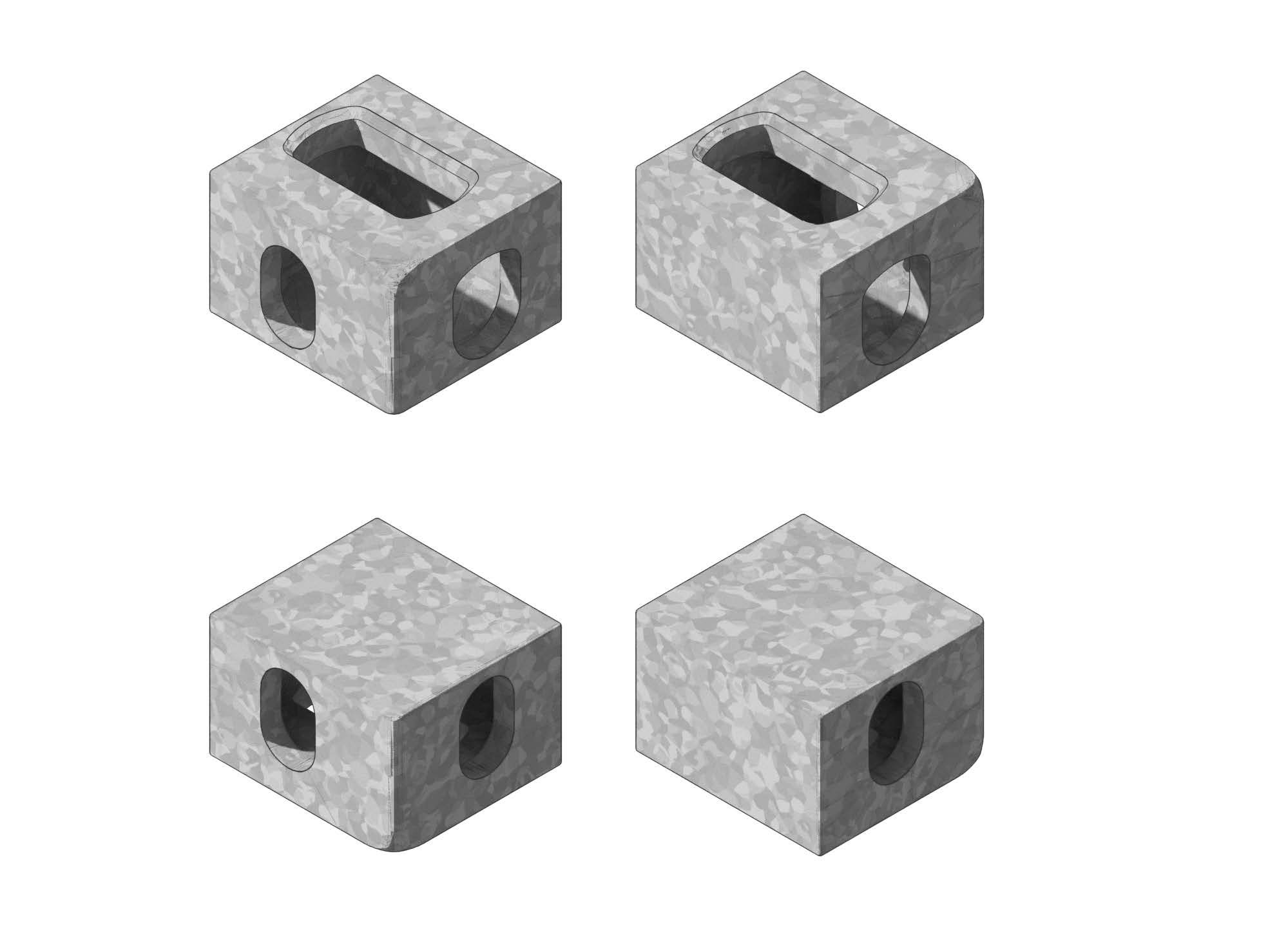The Pattern Building modules are made up of standard details, making their production and handling feasible for most factories. This in turn makes it possible to take assembly of the modules to the logistically most suitable location (e.g. transport hubs and near ports). The factories producing the module elements must be high-tech to today’s standards, have corresponding quality certificates and test capability.'
The end wall frame of the module is constructed on a horizontal worktop, with the use of a harness for achieving the required accuracy. The walls are installed at the assembly of the module’s frame. Floor, ceiling and wall elements are produced on automatic and semi-automatic production lines and on butterfly turning tables. The module assembly deploys three-dimensional jigs and tension straps. The module is assembled from the finished parts and after the assembly, only the final finishing repairs and sealing of the joints will take place.
The modules are transported on 0.9 m high trailer platforms and always with heavy-duty vehicles. The total load height is 4.5 m.
The modules are lifted from the ISO corner fittings at the top corners of the module with a lifting frame. These fittings provide an opportunity for automatic digitalised lifting and proper fixing during transport. During transport, support posts and diagonal cargo straps are used to strengthen the structure of the module. It is important to ensure that the ISO corner covers are always installed according to the instructions. Modules are transported by trucks, ships and trains.

The metal corner fittings are produced according to ISO standard, allowing the module to be easily lifted with all common lifting systems.